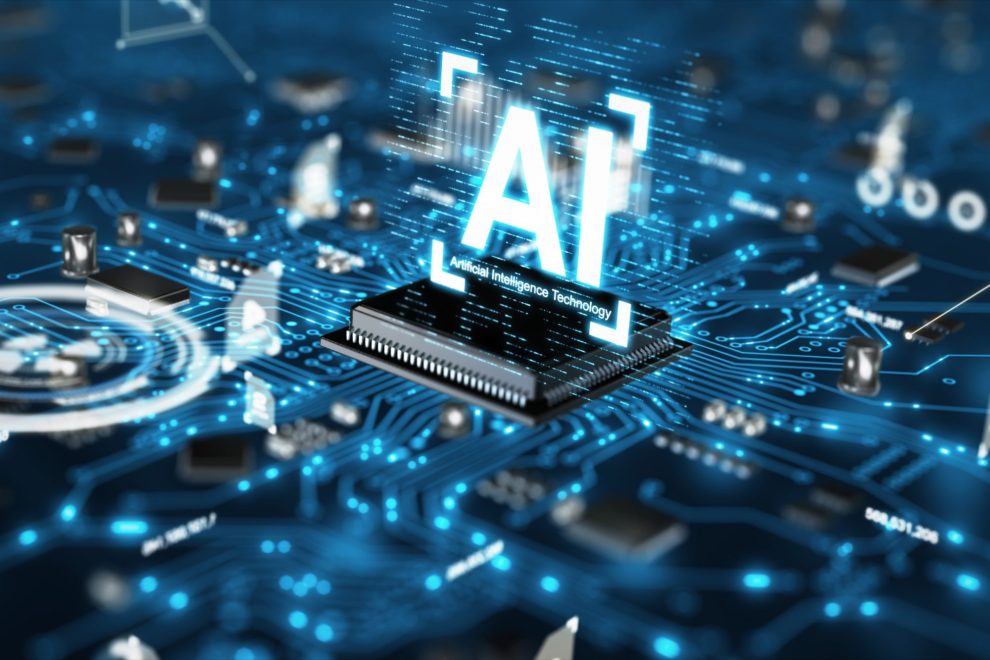Artificial intelligence (AI) is no longer a futuristic concept confined to science fiction movies. It’s rapidly permeating our everyday lives, from the personalized recommendations on your streaming service to the AI-powered chatbots assisting you with customer service. But just how widespread is AI adoption across different industries and use cases? Let’s delve into the fascinating world of AI statistics and discover the current landscape of its implementation.
A Surge in AI Adoption:

Global AI spending is projected to reach a staggering $1.56 trillion by 2028, growing at a compound annual growth rate (CAGR) of 20.6%. This explosive growth indicates a clear trend: businesses and organizations across various sectors are recognizing the immense potential of AI and actively integrating it into their operations.
Industry-Specific Applications:
Healthcare:
AI is revolutionizing healthcare with applications like medical image analysis for early disease detection, virtual assistants for patient consultations, and drug discovery through machine learning.
Finance:
Fraud detection, algorithmic trading, and personalized financial advice are just a few ways AI is transforming the financial industry.
Retail:
AI is powering product recommendations, chatbots for customer service, and dynamic pricing strategies, enhancing the retail experience and boosting sales.
Manufacturing:
Predictive maintenance, quality control, and robot-assisted production are streamlining manufacturing processes and optimizing efficiency.
Transportation:
Self-driving cars, traffic optimization systems, and AI-powered logistics are revolutionizing the transportation sector.
Beyond Big Companies:
It’s not just large corporations that are embracing AI. Small and medium-sized businesses (SMBs) are increasingly recognizing the value of AI for tasks like automating repetitive tasks, analyzing customer data, and gaining insights into their operations.
The Road Ahead:
While AI adoption is on the rise, there are still hurdles to overcome. Concerns about bias, data privacy, and job displacement need to be addressed to ensure responsible and ethical AI development. Additionally, fostering a skilled workforce trained in AI technologies is crucial for maximizing its potential across all industries.
Conclusion:
The statistics paint a clear picture: AI adoption is surging, revolutionizing industries and transforming our lives. As we move forward, it’s essential to embrace AI responsibly, mitigate potential risks, and ensure its benefits reach everyone. The future holds immense possibilities for AI, and it’s up to us to shape it for the better.
















Add Comment